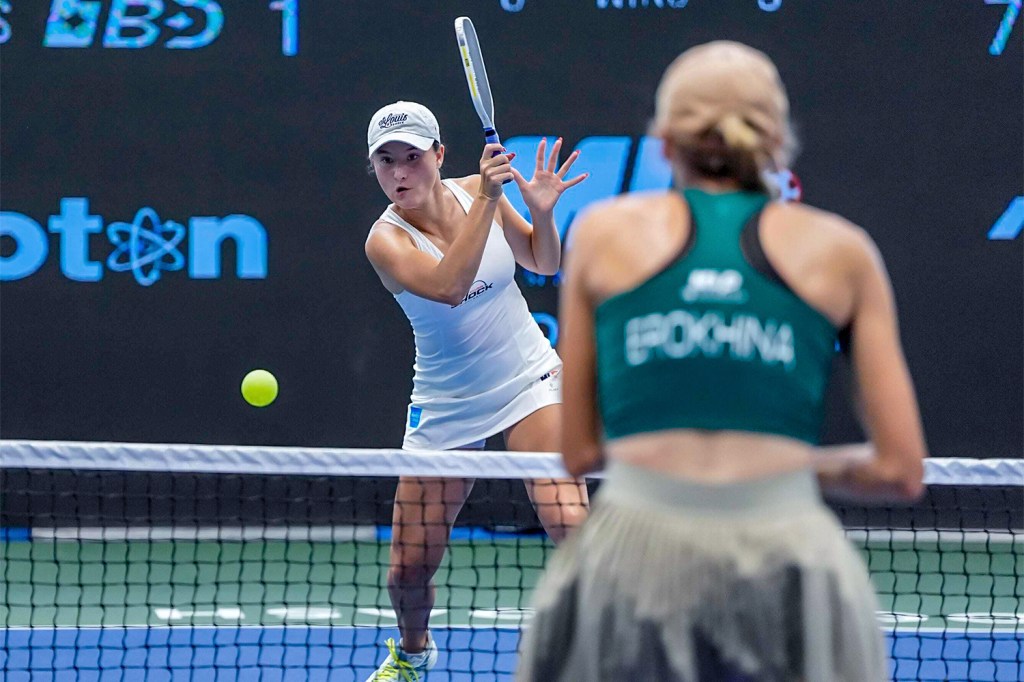By: Jason Lupo

Truth is, if it weren’t for a little golf pickem and friendly competition, I never would have watched a single hole of this year’s Masters. Had I have not watched a single hole; I would have been disappointed with myself. Apart from the excitement of watching Jordan Speith’s record-breaking performance, I would have missed out on the nuances of a sport that has so much to offer me as a coach. I have always firmly believed that great coaches often glean from other sports, because each sport has something different to offer us and brings about new ideas. Some may ask however, what does a sport where you hit a little ball with a club have to teach me about swimming or cycling? Let me explain using one simple rule that not only protects the Spirit of the Game, but has the unique ability to make or break an athlete.
Golf is a sport with a rather short rulebook and perhaps one of the most fundamental rules is #13, play it as it lies. It’s a rule that has been around since 1744 when the first known Rules of Golf were created in Edinburgh, Scotland. The rule states that the ball or the surrounding area around the ball is to remain untouched. In other words, you must adapt to the situation around you regardless of the impact the outside world may have on you or your ball. This means hitting in between trees, along fences, in bushes, mud, sand or water.
Regardless of your skill level as a golfer, you will almost always find yourself at one point or another entrenched in a situation you don’t want to be in. Although frustrating, the world’s greatest golfers must embrace the situation and overcome. If they let it get to their head, it could mean a bogey or worse, if they stay calm and conquer they can salvage the hole and possibly even birdie. All in all, you are at the will of where the ball lands, you can’t change the situation only the impact the situation has on you.
Overcoming situations like these golfers face does not come naturally. It comes after being placed in similar situations over and over again. If Jordan Spieth decided that during practice he was going to move every ball that went in the rough back to the fairway, imagine what would happen when he hit a ball into the rough during competition, he would be lost, shell-shocked, afraid of the situation he had never overcome before.
So what can we learn from a game that doesn’t even closely resemble our sport? Mulligans don’t exist. There is no do over; there is no fixing or correcting the situation. Therefore, if this is the case, which no one will argue otherwise, then why do we allow our athletes to fix situations that could very well happen in competition? If you may be forced to play without a stick in hockey, do so in practice. If your goggles may fill up with water or come off in competition, don’t fix them in the middle of a swim set. If your shoe comes off in the middle of a play, keep running.
The things we have never done or experienced are scary to us. They make us hide, freeze or run in the opposite direction, but when we can conquer them in a low stress situation we are much better equipped to adapt to them in high stress competition. Teach your athletes to embrace the bad and rejoice in the good. If there is one truism in sport it is that rarely does everything happen as planed. As John Wooden pointed out, “Things turn out best for the people who make the best of the way things turn out.”
Keep coaching my friends.
Jason is is an experienced coach and program manager specializing in youth, adaptive and elite athletes.
















